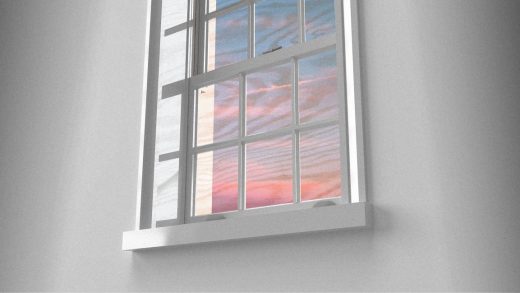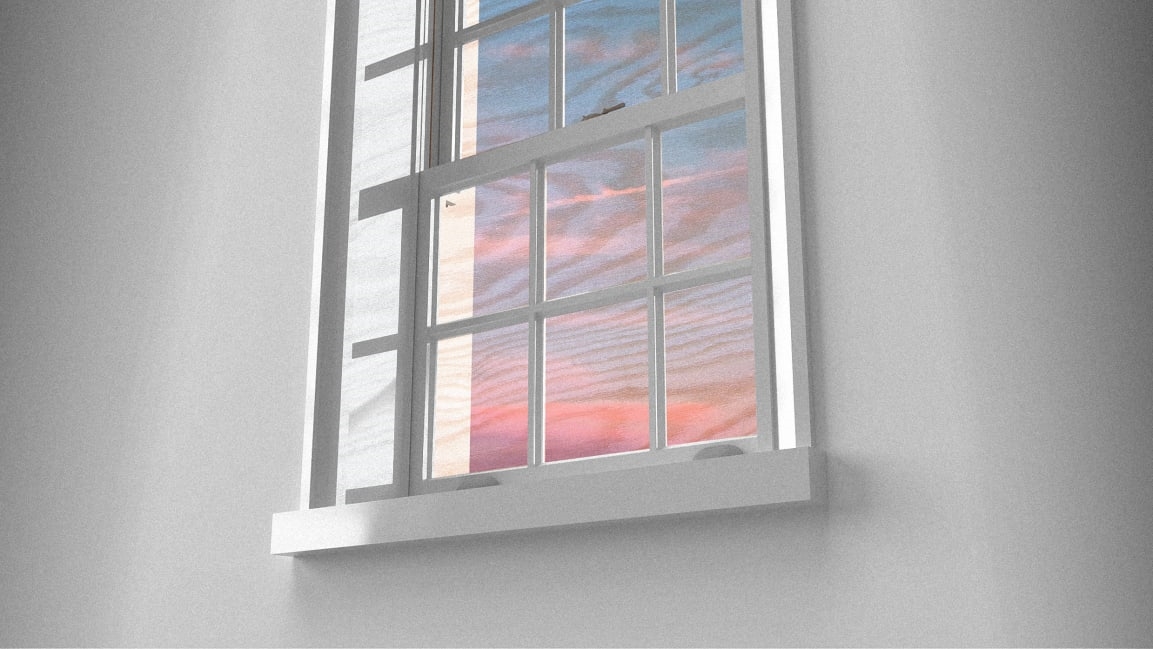This see-through wood could replace glass windows
A sheet of transparent new material at a University of Maryland lab looks like it might be plastic. But it’s actually wood—and it could eventually be used to make energy-efficient windows or even see-through buildings.
“Compared to glass, wood has lower thermal conductivity, and it’s lighter, stronger, and more environmentally friendly,” says Liangbing Hu, a materials science professor at the University of Maryland and one of the authors of a new study of the material. The idea is to employ the material in buildings. With a window made from transparent wood instead of glass, for example, a building would take less energy to heat and cool. Because of the structure of the wood, the windows could also reduce glare from the sun while allowing in natural light.
Researchers have experimented with transparent wood in the past, but the new method is more sustainable. Other methods usually soak the wood in a chemical compound called sodium chlorite to remove lignin, part of the wood that gives it structure. But this can weaken the wood, and it produces waste that is hard to recycle. Hu and his team tweaked the process so it doesn’t fully remove the lignin. By brushing hydrogen peroxide over the wood and leaving it under a UV light, they removed only the parts of the lignin that give it color. The result is transparent wood that can be coated in epoxy.
It’s just one of a number of ways scientists and engineers are rethinking how we can use this renewable resource in construction. Skyscrapers made entirely out of wood are gaining popularity in cities around the world. And scientists recently discovered a technique to grow wood in a lab, opening up the possibility of using wood without having to chop down a forest.
The transparent wood is 50% stronger than previous transparent wood and could even be used to build load-bearing walls in a building. It could also potentially be used in other ways, such as layers used in solar cells. A new spinoff company called InventWood is working to commercialize the technology.
(178)



